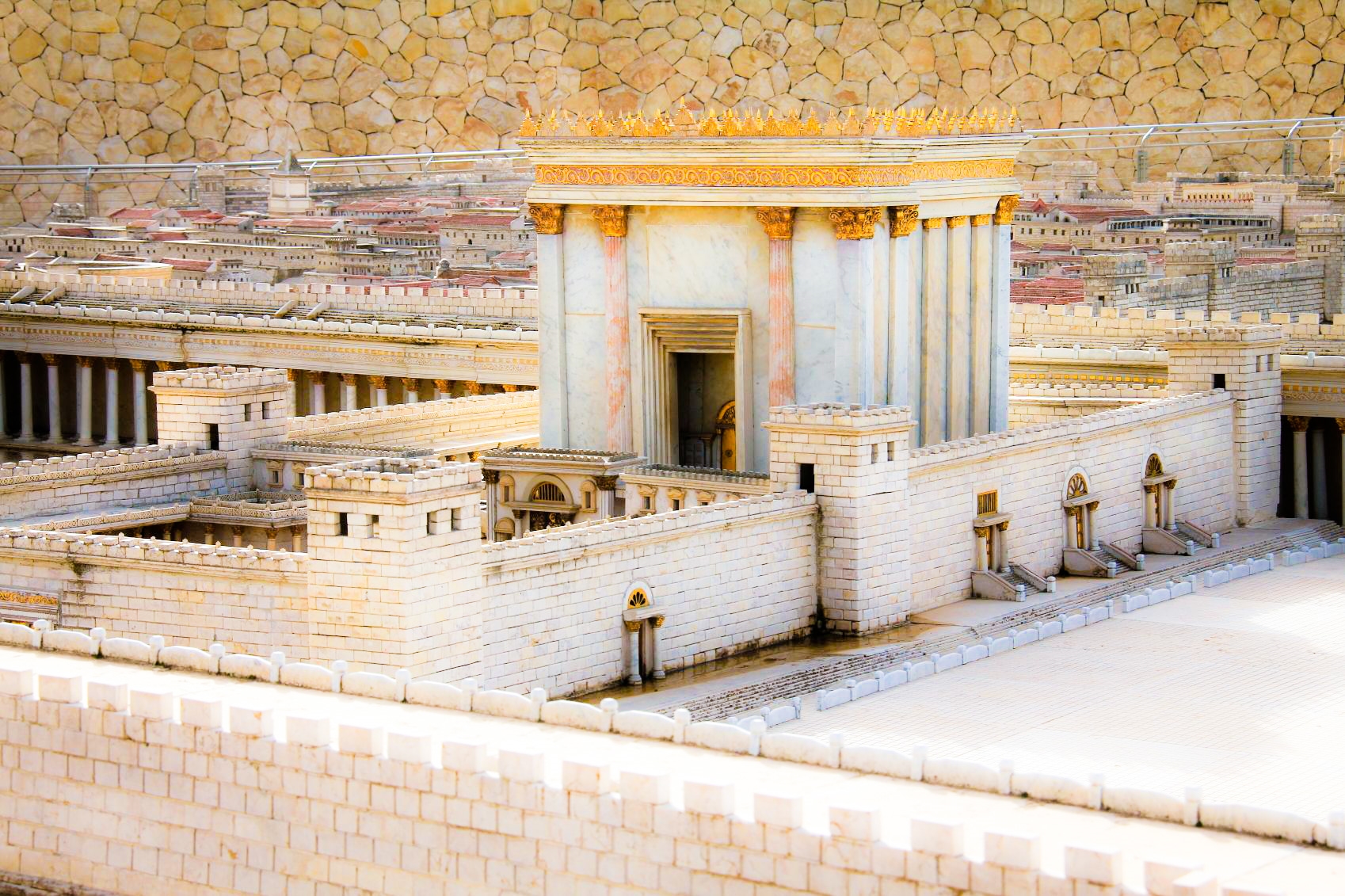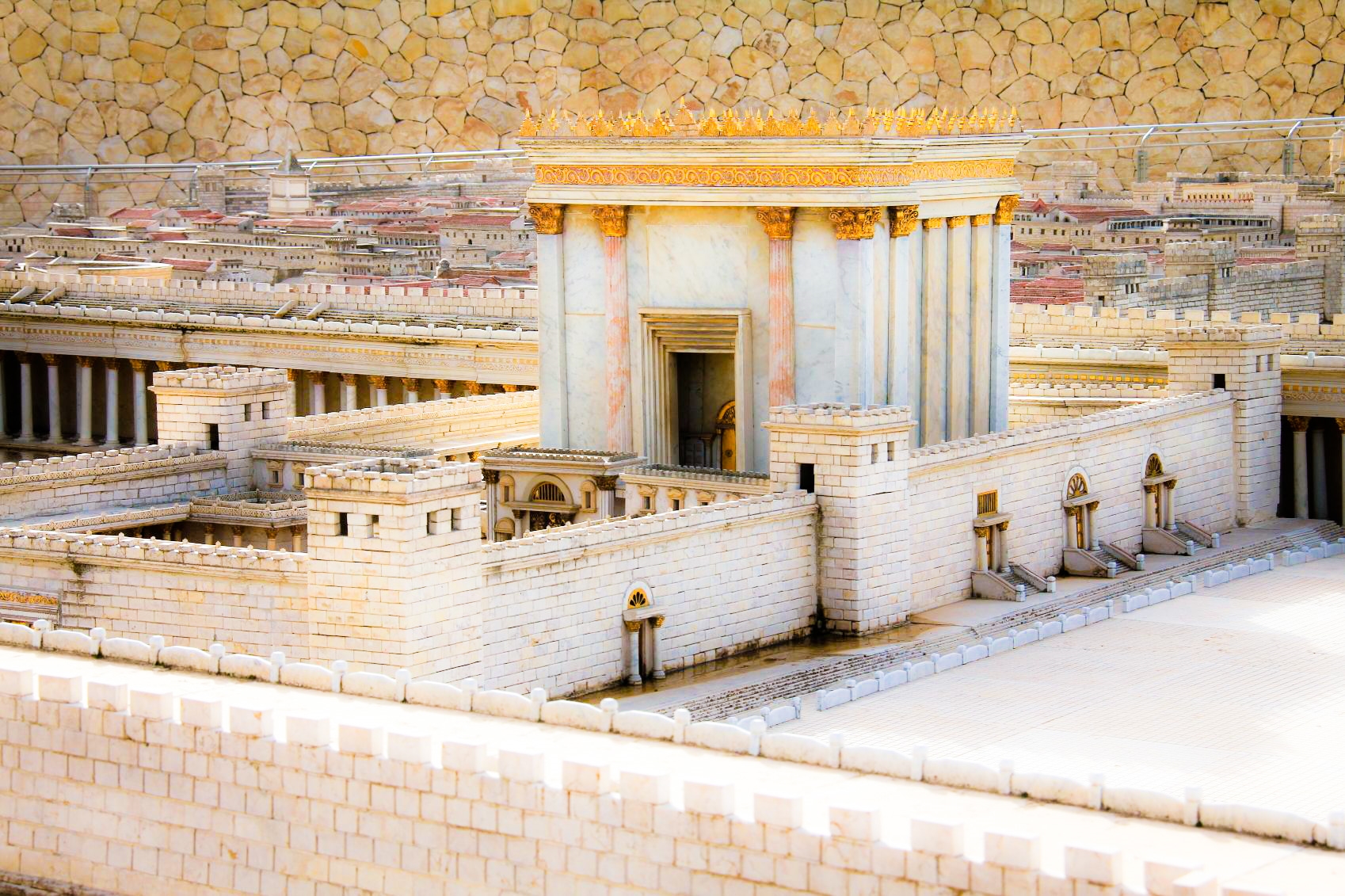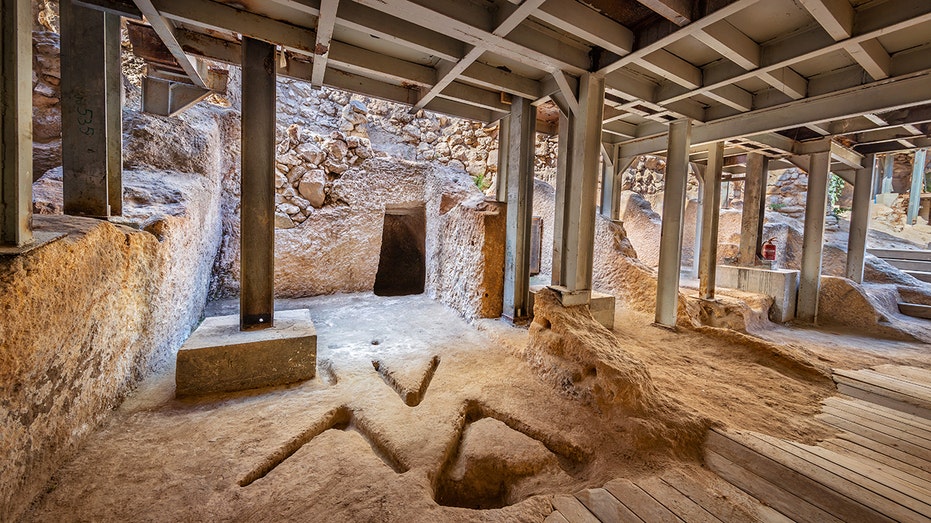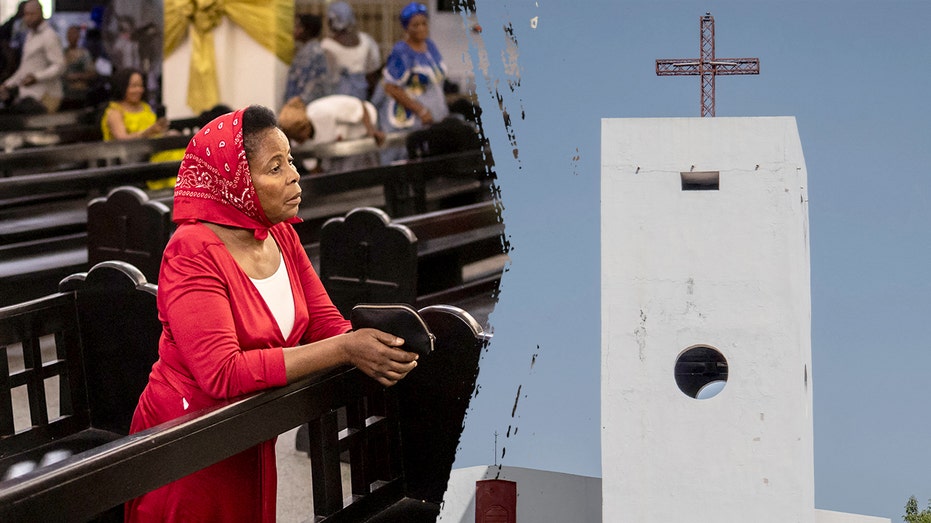
Ancient Structure Discovered in Jerusalem’s City of David
A recently unearthed ancient structure on the eastern slope of the City of David, nestled within Jerusalem Walls National Park, promises to shed light on the ritualistic practices of its former inhabitants during the First Temple period. This significant archaeological find, reported in the scientific journal *Antiquot*, has revealed an exceptionally well-preserved complex comprising eight distinct rooms, all likely linked to religious activities.
The Archaeological Discovery
Led by Eli Shukron, the excavation director working under the Israel Antiquities Authority, the ongoing investigation into the City of David has unearthed artifacts that underscore the site’s historical significance. Among the notable findings are an altar, a standing stone, an oil press, and a wine press. Shukron’s compelling analysis posits that these items point towards the structure being a hub of cultic practices utilized by the people of Judah.
Shukron stated, “When we began excavating the City of David in 2010, we discovered that the site had been sealed with fill from the 8th century BCE, indicating it had fallen out of use during that time. The standing stone remained upright in its original position, and the other rooms in the structure were also particularly well-preserved.”
Significance of the Find
The newly discovered structure’s proximity to the Temple Mount further amplifies its historical and religious importance. Shukron emphasized that this site is unique as it is the only known structure of its type from the First Temple era in Jerusalem, with only a handful of similar structures located elsewhere in Israel. The eight-room structure spans approximately 220 square meters, with each space featuring distinct functional characteristics. For instance, one chamber was designated for oil production while another accommodated a wine press, illustrating the everyday practices of its ancient users alongside their religious rituals.
Among the intriguing features within the complex is a carved installation linked to a drainage channel, which researchers have identified as an altar. Other elements include a large standing stone and peculiar V-shaped carvings adorning the floor. Although the purpose of these carvings remains uncertain, Shukron speculated they could have served as a base for a tripod utilized in ritual ceremonies.
Artifacts and Their Historical Context
Examination of the site has yielded a small cave at its periphery containing a trove of 8th-century BCE artifacts. Noteworthy items recovered include cooking pots, jars inscribed with ancient Hebrew writing, loom weights, scarabs, stamped seals, and grinding stones that likely served for grain processing. These discoveries suggest the structure was in consistent use until it fell out of favor in the 8th century BCE, a period marked by the reign of the Kings of Judah.
“The structure ceased to function during the 8th century BCE, possibly as part of King Hezekiah’s religious reform,” Shukron explained. Hezekiah, according to biblical accounts, sought to centralize worship within the Temple in Jerusalem, dismantling alternate ritual sites distributed across the kingdom. This reform aligns with scholarly understandings of the First Temple period, which included alternative sites for worship, later abolished under Kings Hezekiah and Josiah.
A Timeless Legacy
Ze’ev Orenstein, director of international affairs at the City of David, commented on the enduring relevance of Jerusalem’s Biblical heritage. “Nearly 3,000 years later, Jerusalem’s Biblical heritage continues to be unearthed in the City of David,” Orenstein stated. “With the passage of time, its relevance and meaning only continue to grow, impacting billions around the world—not just millions. Unlike most ancient sites, Jerusalem’s Biblical heritage offers insights into the past, present, and future.”
A Historical Footnote
Interestingly, the northern portion of the structure was initially identified in 1909 by British explorer Montague Parker, who was scouring the area for the Ark of the Covenant and other Temple artifacts. However, it was not until Shukron and his team launched a systematic excavation in 2010 that substantial understanding of the site began to take shape.
Orenstein emphasized the connection between the Jewish people and Jerusalem: “This discovery once again affirms the Jewish people’s 3,000-year-old connection to Jerusalem,” he said. “It is not merely a matter of faith but a matter of historical fact—from Biblical times to the present day.”
Conclusion: Unlocking the Past
The discovery of this ancient ritual structure enriches our understanding of Jerusalem’s multifaceted history. The artifacts unearthed and the remarkably preserved architecture provide fertile ground for scholars to explore the rich tapestry of narratives entrenched within the city’s past. As excavations continue, they pave the way for further revelations about the religious, cultural, and historical identity of Jerusalem during the era of the First Temple, ultimately connecting contemporary society to its long-lost roots.


















